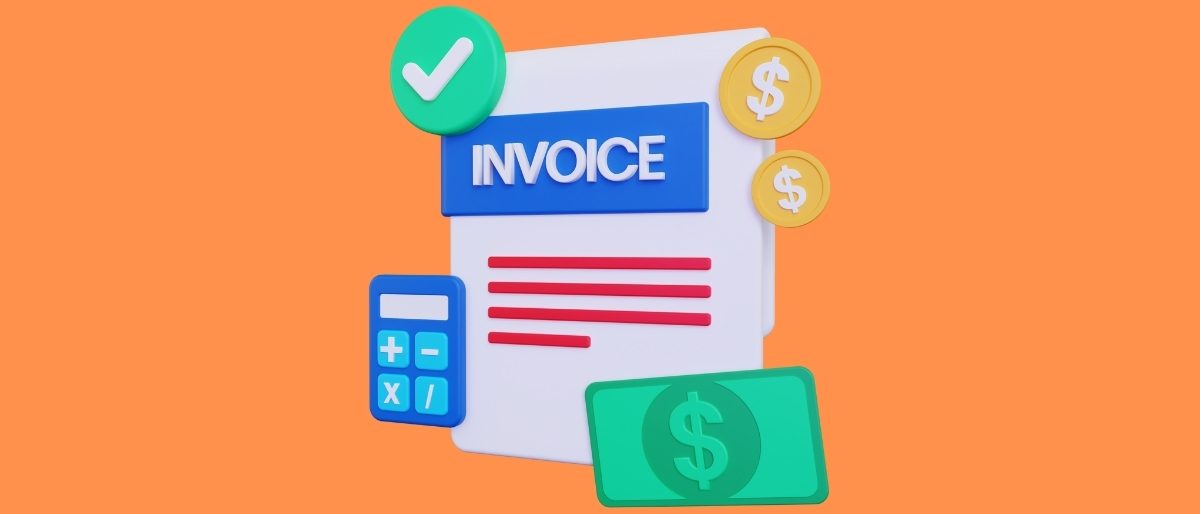Introduction
E-invoicing has gained significant traction worldwide as businesses transition to more efficient, secure, and cost-effective methods of invoicing. In the U.S., this trend is gaining momentum, with an increasing number of companies adopting electronic invoicing systems to streamline operations, enhance compliance, and lower administrative costs. As the regulatory landscape evolves and technology continues to advance, the future of e-invoicing in the U.S. holds exciting opportunities. Here are the key developments to watch in the years to come.
1. Government Mandates for E-Invoicing
One of the most significant developments in the U.S. e-invoicing landscape is the potential for government mandates. While countries like Italy and Mexico have already implemented mandatory e-invoicing systems for businesses, the U.S. has yet to adopt a nationwide policy fully. However, there are signs that the U.S. government is moving in that direction. The General Services Administration (GSA) has already mandated that federal contractors use e-invoices through the WAWF (Wide Area Workflow) system, which may set the stage for broader adoption. As more states and federal entities embrace e-invoicing for government transactions, this could pave the way for nationwide e-invoicing requirements for businesses.
2. Integration with Tax Compliance and Real-Time Reporting
Another key trend to watch is the integration of e-invoicing with tax compliance and real-time reporting. E-invoicing can significantly enhance tax collection and monitoring by providing tax authorities with immediate access to invoice data. In countries like Brazil, tax authorities receive invoices in real time, enabling quicker detection of tax evasion. While the U.S. is not yet at that stage, the growing use of automated tax filing and e-invoicing could encourage the adoption of similar real-time reporting systems. Such integration would enable businesses to seamlessly comply with tax laws, reducing errors and potential audits, while allowing tax authorities to track sales and enforce compliance efficiently.
3. Wider Adoption of E-Invoicing Solutions by Small and Medium-Sized Enterprises (SMEs)
While large corporations have already made significant strides in adopting e-invoicing, the future of e-invoicing in the U.S. will also depend on small and medium-sized enterprises (SMEs) embracing the technology. As e-invoicing solutions become more affordable and user-friendly, SMEs will increasingly recognize the benefits of automation, including cost savings, error reduction, and shorter payment cycles. The development of cloud-based, scalable solutions tailored for smaller businesses will help fuel this growth.
4. Blockchain Technology Integration
Ultimately, blockchain technology is poised to play a significant role in the future of e-invoicing in the U.S. By providing an immutable, secure, and transparent method for tracking invoices, blockchain can significantly enhance the security and authenticity of e-invoices. It can also help reduce fraud, streamline audits, and automate contract enforcement. As blockchain adoption increases, we may see a wider integration of this technology in e-invoicing systems, making them more reliable and trustworthy.
Conclusion
The future of e-invoicing in the U.S. is filled with opportunities for greater efficiency, compliance, and security. As government mandates evolve, e-invoicing solutions become more accessible to SMEs, and blockchain technology integrates into the system, we can expect a shift toward widespread adoption of e-invoicing in the U.S. The next few years will be crucial in determining how businesses and tax authorities utilize e-invoicing for enhanced financial management.
#EInvoicing #DigitalTransformation #TaxCompliance #Blockchain #SMEs #BusinessEfficiency #EInvoiceFuture #GovtMandates #RealTimeReporting #TaxEvasion

